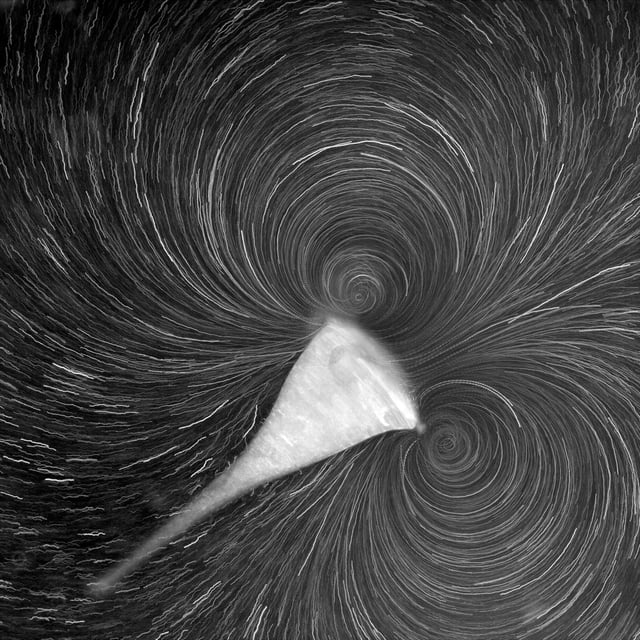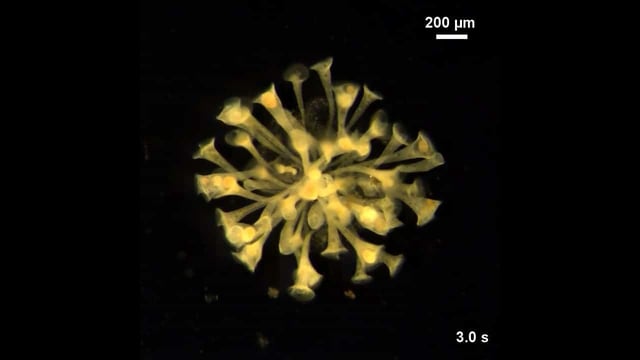Overview
- The study, published in *Nature Physics*, identifies cooperative feeding behaviors in Stentor coeruleus as an early driver of multicellular evolution.
- Researchers demonstrated that neighboring Stentors double their feeding efficiency by creating stronger fluid flows together, benefiting the colony as a whole.
- Unlike other early multicellular models, Stentor colonies are temporary and composed of genetically distinct individuals, representing a primitive stage of multicellularity.
- Mathematical modeling confirmed that Stentor colonies optimize energetic payoffs through frequent partner switching, termed 'promiscuity.'
- The research challenges traditional chemical-centric views of multicellularity's origins by emphasizing the role of physical forces in evolutionary history.

